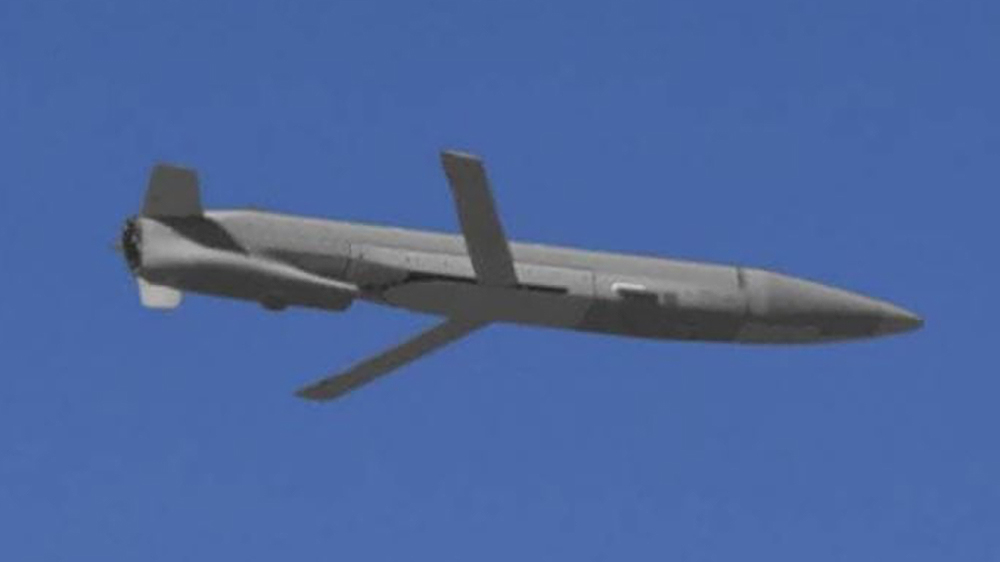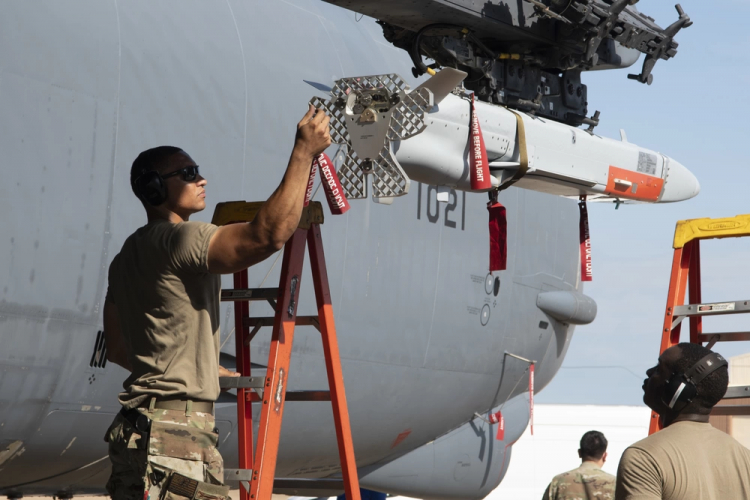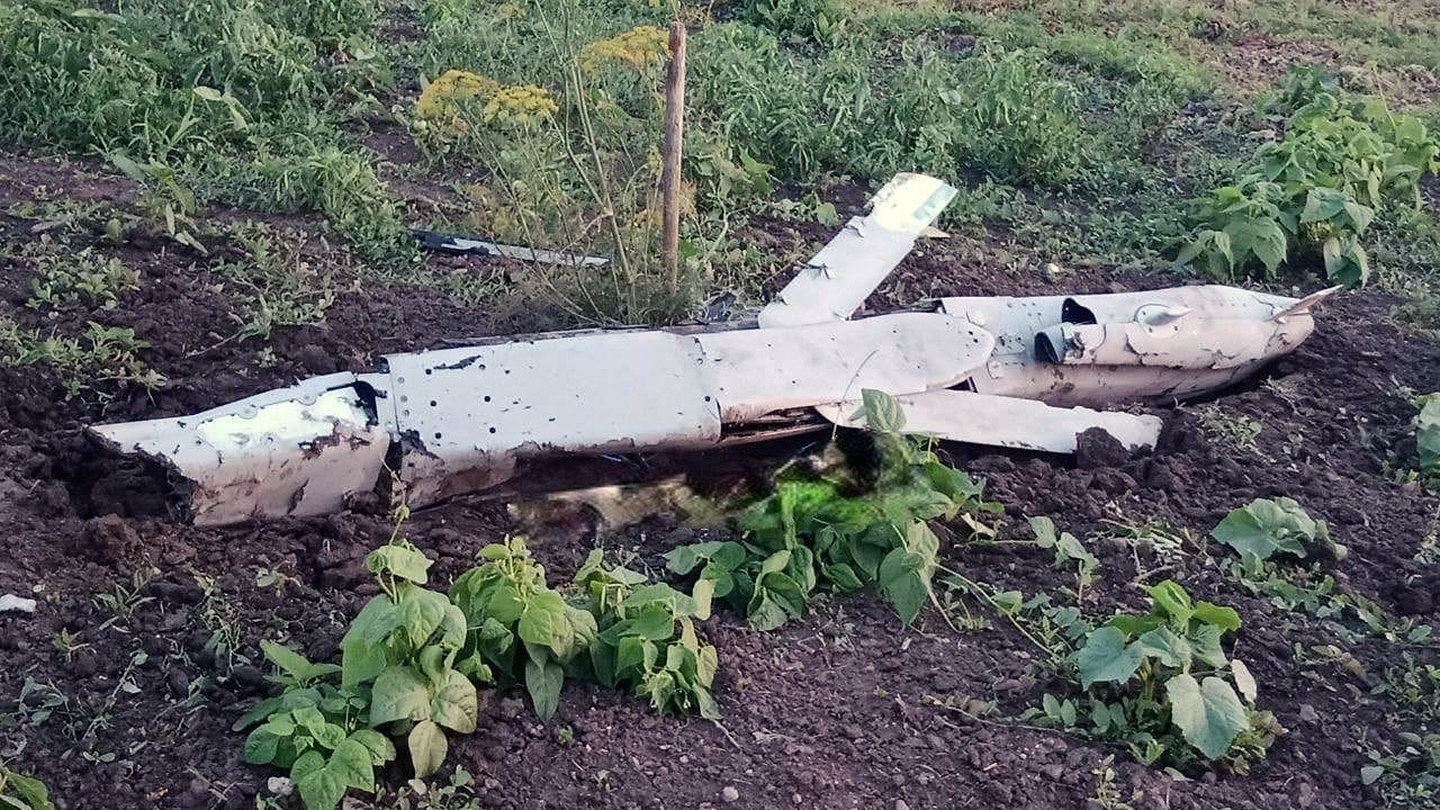For the second time since Ukraine began employing Storm Shadow and later SCALP-EG cruise missiles, the wreckage of an ADM-160 Miniature Air Launched Decoy (MALD) has appeared. The last and only known other time a MALD appeared in Ukraine was in May of last year, right when it became clear Storm Shadows were in use. You can read our report on that incident and all about ADM-160 in our previous report here.
MALDs are launched by aircraft to stimulate, confuse, and distract enemy air defenses. They are small cruise missile-like weapons that can be programmed to fly circuitous routes and loiter over targeted areas. They are especially useful as a measure to help protect infiltrating aircraft and/or missiles from being engaged by enemy air defense systems. They have a range of nearly 600 miles — they can reach far beyond anywhere a Storm Shadow/SCALP-EG can touch — which helps to draw the attention of air defenses during key vulnerability windows as missiles or aircraft are moving through an area. They weight just shy of 300 pounds and can be set to mimic the radar signature of various aircraft and missiles. More advanced types of MALD — such as MALD-X, MALD-J and MALD-N — are only in U.S. service. They have active electronic warfare payloads making them far more capable.

For Ukraine, it is widely assumed that they are launched in conjunction with Storm Shadow and SCALP-EG (nearly the same weapon) attacks in an effort to better ensure the survivability of those relatively precious weapons. Storm Shadow/SCALP-EG have reduced signatures to help in this regard, but they can be detected and shot down in certain circumstances.
The donation of MALDs from the U.S. — the type’s only user — to Ukraine has never been officially disclosed but their transfer was likely a clandestine part of the deal for the U.Kk to provide Storm Shadows to Ukraine. The use of these weapons against Russia’s most advanced air defense systems on a highly active battlefield with a massive air defense overlay not only helps Ukraine, it also provides highly valuable data as to MALD’s performance in such a hostile wartime environment. Like any weapons technology, including Storm Shadow, are also risks to having this technology fall into Russian hands, although those risks clearly outweigh the benefits considering the decision was made to provide them and keep using them.

It is unclear what platform is firing the MALDs. There has been talk that the MiG-29s could be providing this service, but that has not been substantiated by photographic evidence. Integrating MALD onto a combat aircraft would be fairly straight forward for the assisting pre-planned cruise missile strike application as all the data would be loaded into the MALD prior to launch. Ukraine’s relatively small fleet of Su-24 Fencers are the platform that delivers Storm Shadow/SCALP-EG strikes.
It’s interesting that we haven’t seen more of these over the last six months or so, but considering their job is often to be shot down, that isn’t totally baffling.
Contact the author: Tyler@thedrive.com
